How to garden for bees, monarch butterflies, other good pollinators
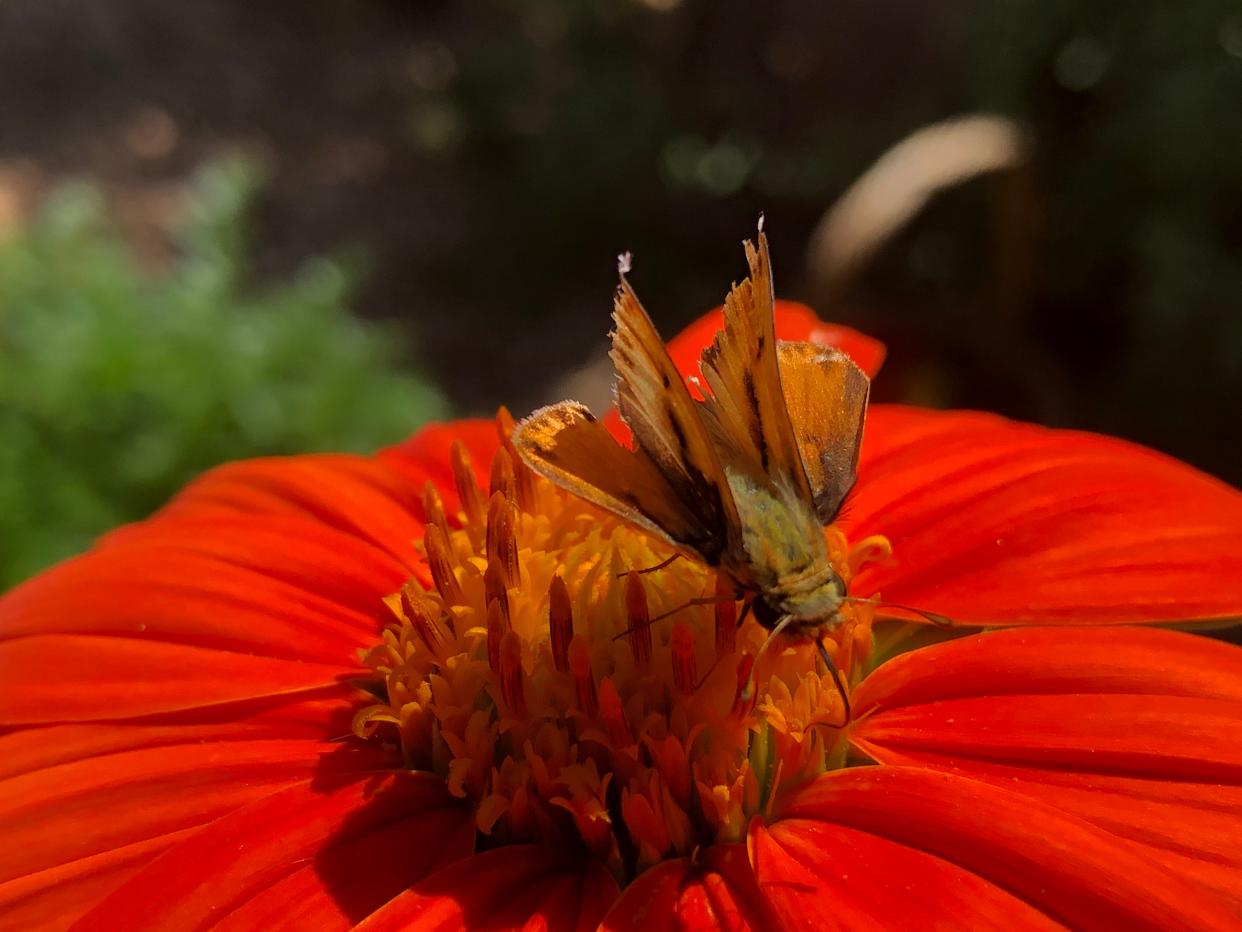
Recently we had a speaker at our Linden Garden Club who spoke about creating a wildlife-friendly garden which inspired me to treat the subject in this column. I have had good and bad experiences with wildlife in the garden. The worst experience was when I transplanted broccoli early one morning before going to work about 40 years ago, and when I came home I found much of it eaten or ruined. A colony of ground squirrels under a nearby woodpile did in my broccoli. I decided that the squirrels had to go and with my dog Spot and a stream of water into the burrows I managed to displace them and Spot dispatched eight or nine of them to ground squirrel nirvana wherever that might be.
Another problem I had in my garden at Jack Tone was the presence of gophers. I had to trap them constantly. I did lose a few of my dahlias to gophers. Apparently, dahlia tubers are desired by gophers along with potatoes and onions. I estimated that I trapped over 400 in my 41 years of gardening there. Fortunately, they are absent from my new home. Another bad experience was the one year I had an outbreak of striped cucumber beetles, which attacked my dahlia blooms. I handpicked 450 of them off the flowers and got them under control without resorting to pesticides.
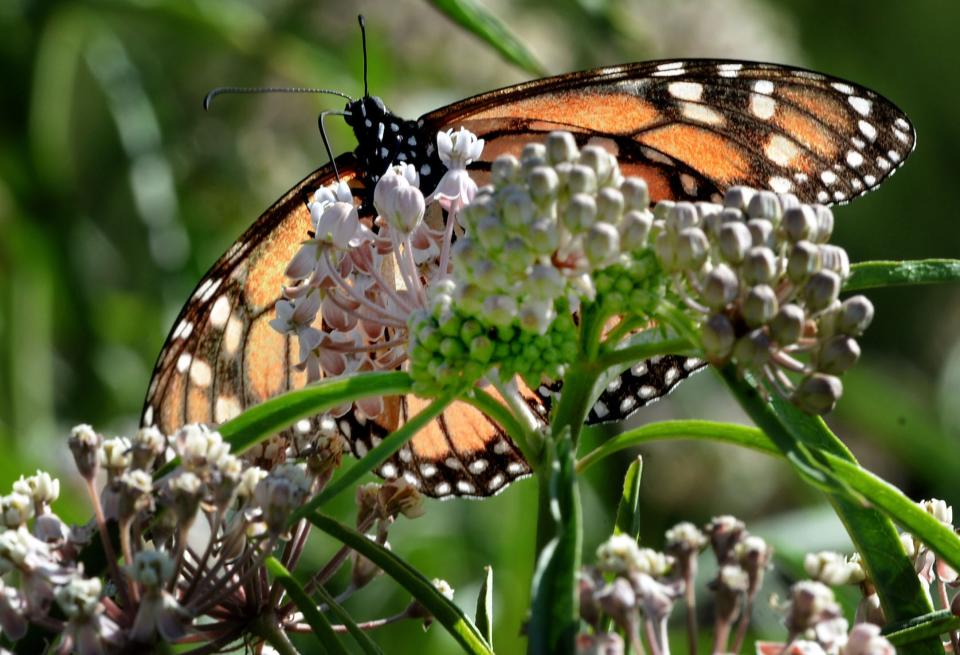
The good wildlife that we want to encourage are butterflies. One of the most familiar is the monarch butterfly. It is a butterfly that is in decline in North America mainly due to pesticides and shrinking numbers of milkweed in the Midwest. We need to give it some help where possible. Adult monarchs feed on milkweed flowers and the caterpillars feed on the leaves. There are several milkweed species that would work, but it is best to choose one that is native to our area.
Woolypod milkweed. (Asclepias eriocarpa), showy milkweed (Asclepias speciose), and woolly milkweed (Asclepias vestita) are milkweeds that can work here. The Xerces Society does not recommend planting nonnative milkweeds such as the tropical milkweed ((Asclepias curassavica), which hosts a parasite detrimental to monarch butterflies.
Another butterfly that I enjoy is the gulf fritillary (Agraulis vanilla), which uses purple passionflower vine (Passiflora incarnate) to host its caterpillars. Passion vines are easy to grow and can sprout in many portions of your landscape where they are unwanted. However, the Gulf Fritillary is worth the aggravation of controlling passion vine seedlings.
I always plant zinnias and they are a favorite flower for feeding by various butterflies in my garden. Some of the butterflies they attract are the western swallowtail, the fiery skipper and common sooty wing. One way to find out what butterflies might be in your neighborhood and could be a new garden friend is to check out this website: http://www.gardenswithwings.com/what-is-a-butterfly-garden.html. You can enter your zip code and discover which butterflies are likely in your area.
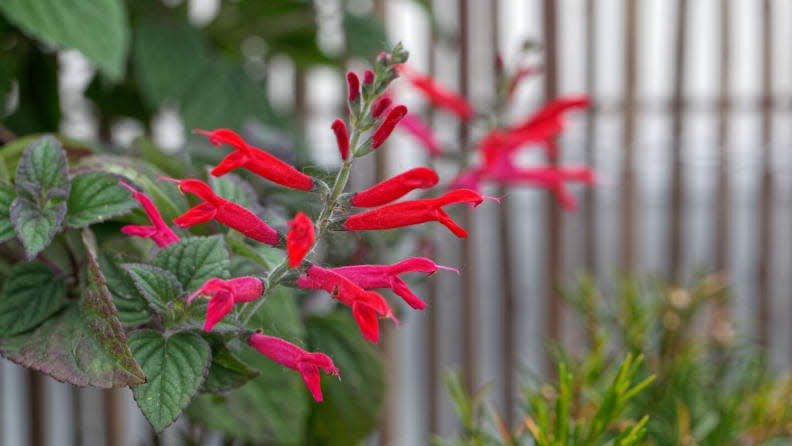
Other plants that hummingbirds visit often are Salvias and I have several in my garden that are favored by hummers; such as Salvia greggii. It is termedautumn sage which seems misnamed as it blooms from spring to fall. I also grow Salvia guaranitica, black and blue sage which the hummers visit from summer to fall. Salvia elegans, pineapple sage has a bright red flower that also blooms from summer to fall.
I also enjoy other wildlife of the insect world including carpenter bees, honey bees and small bees that visit my sunflowers.
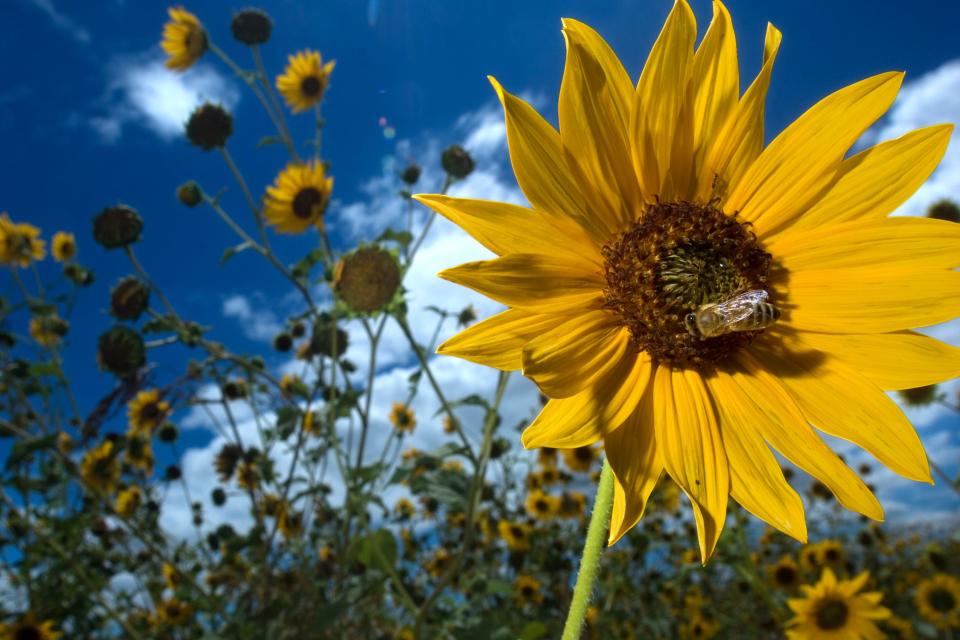
Years ago, at a Master Gardener Conference, I heard a presentation by Doug Tallamy a noted entomology professor at my alma mater, the University of Delaware. He is the author of the book “Bringing Nature Home: How Native Plants Sustain Wildlife in Our Garden.” He pointed out that we have decreased native plants by planting lots of exotic ones that native insects have not co-evolved with, hence discouraging our native fauna and as a result caterpillars were scarcer to feed local songbirds because they did not feed well on the non-native ornamental plants that were being planted.
Of course, the experience with non-native plants is on the East Coast and experiences here may be different, but going with more native plants is a good plan for your garden and wildlife.
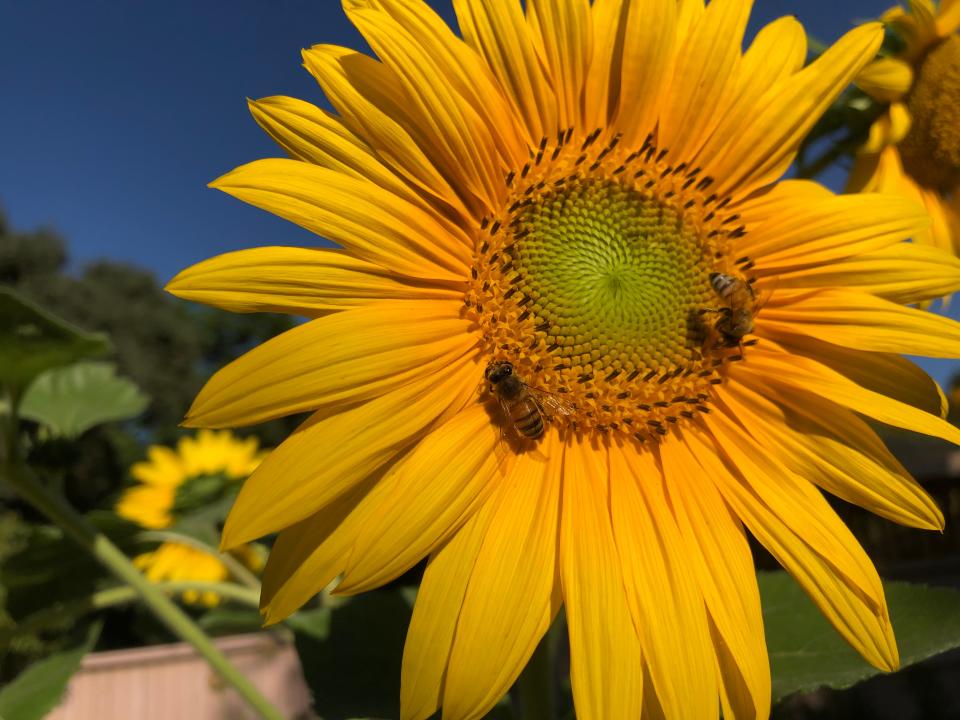
If you have a gardening related question you can contact the UC Master Gardeners at 209-953-6112. More information can be found on our website: http://sjmastergardeners.ucanr.edu/CONTACT_US/.
This article originally appeared on The Record: California native plants to draw bees, monarch butterflies, pollinators

